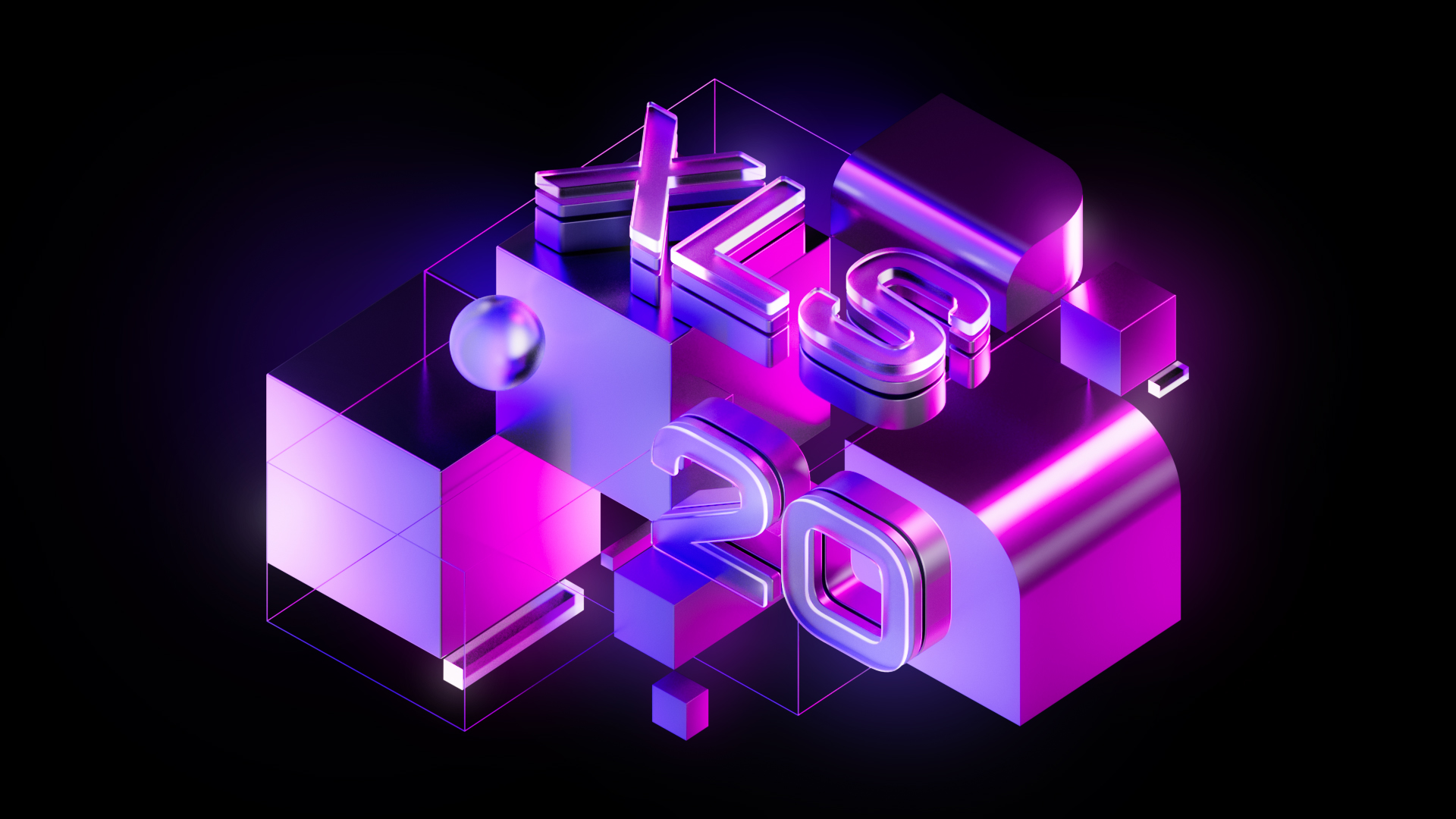NFT DYOR Guide for Beginners: An Introduction to the NFT World
In this NFT DYOR (Do Your Own Research) guide, we equip beginners with essential tools and tips to navigate the world of NFTs wisely. Understanding the fundamentals is key to making informed decisions in this rapidly evolving space. First, let’s explore the significance of communities in valuing NFTs. The exclusivity and uniqueness of an NFT artwork play a vital role in generating its value. Joining a tightly-knit community or owning an NFT from a limited series can offer distinct advantages and incentives, driving demand for such NFTs.
The advent of Non-Fungible Tokens (NFTs) has sparked immense excitement in the digital realm, offering new opportunities for artists and developers to showcase their work and connect with a global audience. NFTs have enabled digital artists to monetize their creations, breaking barriers that once limited their ability to earn income from their art. However, as this new frontier continues to captivate enthusiasts, it has also attracted scammers and fraudulent schemes, making it essential for newcomers to tread cautiously and DYOR.
To find a healthy NFT community, indicators such as the number of followers on social media, active engagement, and the enthusiasm of the fanbase are critical factors to consider. A large number of followers on platforms like Twitter and Discord can indicate the project’s popularity and potential for success. However, it’s important to be wary of artificially inflated follower counts that could be the result of bots or manipulative tactics. Genuine engagement, in the form of meaningful comments, likes, and discussions, reflects an active and passionate community that believes in the project’s vision.
Another essential aspect to assess is the fanbase’s emotional investment in the project. A strong sense of community is built on shared beliefs, values, and goals. An engaged and supportive fanbase that cares about the founders and the artwork demonstrates the project’s ability to create a meaningful connection with its stakeholders.
Moreover, evaluating the project’s longevity can provide valuable insights into its credibility and viability. A project that has been active and evolving for a considerable period, such as three months or more, indicates commitment and resilience in the competitive crypto space. Surviving and thriving for an extended period demonstrate that the development team is dedicated to providing long-term value to the community and is capable of weathering challenges.
DYOR of the Whitepaper
The whitepaper and roadmap are essential components of any legitimate NFT project, providing critical insights into its vision and viability. A comprehensive whitepaper acts as the project’s blueprint, offering a detailed overview of its purpose, objectives, and the problems it intends to solve. It should clearly outline the tokenomics, including the total token supply, distribution mechanism, and any burning mechanisms in place. Understanding the tokenomics is crucial as it directly influences the token’s market behavior and potential value.
Moreover, the whitepaper should introduce the development team and their expertise, shedding light on their experience and previous achievements in the crypto space. A team with a proven track record in delivering successful projects instills confidence in the project’s ability to execute its plans effectively. Doxxed team members, those who reveal their identities to the public, often indicate a higher level of transparency and accountability.
Additionally, the whitepaper should provide insights into the project’s short-term and long-term roadmap. The roadmap serves as a guide to the project’s development and milestones, providing transparency about its future plans and goals. DYOR into whether the project has been consistent in meeting its roadmap deadlines can give potential investors a glimpse of the team’s dedication and ability to deliver on their promises.
DYOR on the Tokenomics
Tokenomics, a fusion of “token” and “economics,” plays a pivotal role in shaping the dynamics of a cryptocurrency. It delves into the intricate interplay between supply, demand, and various economic factors that influence the token’s value. A comprehensive understanding of tokenomics is essential for investors and enthusiasts alike, as it offers insights into the token’s potential growth and price performance.
One crucial aspect of tokenomics is the number of tokens in circulation and whether there is a maximum supply cap. The total supply of tokens directly impacts the token’s scarcity and market availability. Scarcity often drives demand, as limited availability can lead to an increase in the token’s value over time. Conversely, a vast supply of tokens might dilute their value, affecting their price negatively. Investors closely analyze the token’s supply to assess its potential for appreciation and long-term sustainability.
Additionally, token burning mechanisms play a vital role in tokenomics. Burning tokens involves removing them permanently from circulation, usually by sending them to a wallet address where no one has access. Token burning helps reduce the total supply of tokens, contributing to increased scarcity and potentially boosting the token’s value. It is a strategic move often employed by projects to reward existing holders and maintain the token’s long-term value.
NFT utility is another essential aspect of tokenomics, especially in the vibrant world of non-fungible tokens. NFTs hold intrinsic value beyond their unique digital characteristics, offering various utilities that cater to different user preferences. For art NFTs, their primary utility lies in their ability to evoke emotions and appreciation for the artwork they represent. Collectors purchase NFT art to express their support for the artists and creators behind the pieces, driving demand for these digital masterpieces.


